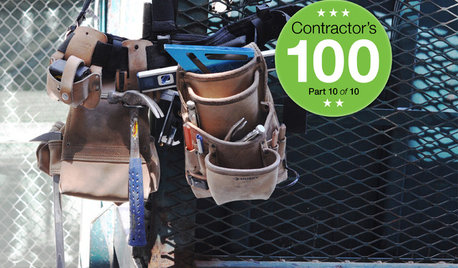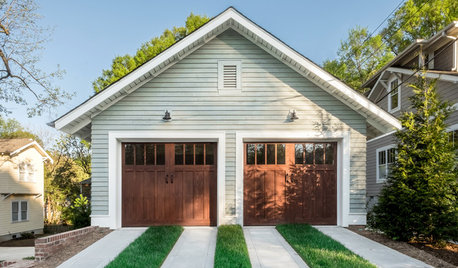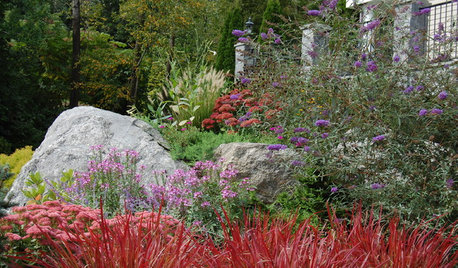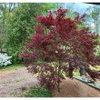Need Lots of Tips/Ideas on Field Clearing and Replacement
Handel
12 years ago
Featured Answer
Comments (23)
drtygrl
12 years agolast modified: 9 years agotanowicki
12 years agolast modified: 9 years agoRelated Professionals
Clemson Landscape Architects & Landscape Designers · Braintree Landscape Contractors · East Patchogue Landscape Contractors · Madera Landscape Contractors · Plainview Landscape Contractors · Spring Landscape Contractors · Wilton Landscape Contractors · Markham Landscape Contractors · Atlantic City Decks, Patios & Outdoor Enclosures · Blue Springs Decks, Patios & Outdoor Enclosures · Parker Decks, Patios & Outdoor Enclosures · South Milwaukee Decks, Patios & Outdoor Enclosures · Santa Monica Decks, Patios & Outdoor Enclosures · Glenn Heights Swimming Pool Builders · Mount Pleasant Swimming Pool BuildersYardvaark
12 years agolast modified: 9 years agoHandel
12 years agolast modified: 9 years agodrtygrl
12 years agolast modified: 9 years agoinkognito
12 years agolast modified: 9 years agobahia
12 years agolast modified: 9 years agonandina
12 years agolast modified: 9 years agodrtygrl
12 years agolast modified: 9 years agoadriennemb2
12 years agolast modified: 9 years agomad_gallica (z5 Eastern NY)
12 years agolast modified: 9 years agobahia
12 years agolast modified: 9 years agobonsai_audge
12 years agolast modified: 9 years agofeijoas
12 years agolast modified: 9 years agophoebe
12 years agolast modified: 9 years agoYardvaark
12 years agolast modified: 9 years agotanowicki
12 years agolast modified: 9 years agobahia
12 years agolast modified: 9 years agollennuf
11 years agolast modified: 9 years agoishcountrygal
11 years agolast modified: 9 years agoYardvaark
11 years agolast modified: 9 years agoishcountrygal
11 years agolast modified: 9 years ago
Related Stories

REMODELING GUIDESContractor's Tips: 10 Things Your Contractor Might Not Tell You
Climbing through your closets and fielding design issues galore, your contractor might stay mum. Here's what you're missing
Full Story
TRANSITIONAL HOMESHouzz Tour: A Happy-Trails Home on a California Field
Horse-loving homeowners look to barns and equestrian references for their light and bright new build
Full Story
DECLUTTERINGYour Clutter-Clearing Plan for the New Year
Tackle these tasks month by month for a decluttering strategy that will really pay off
Full Story
DECORATING GUIDESHere's How to Steer Clear of 10 Top Design Don'ts
Get interiors that look professionally styled even if you're taking the DIY route, by avoiding these common mistakes
Full Story
FEEL-GOOD HOME10 Tips for a More Peaceful Home
Turn your everyday living space into a serene retreat by clearing visual distractions, softening your lighting and more
Full Story
GREEN BUILDINGLet’s Clear Up Some Confusion About Solar Panels
Different panel types do different things. If you want solar energy for your home, get the basics here first
Full Story
GREAT HOME PROJECTSHow to Replace or Revamp Your Garage Doors
Boost curb appeal and maybe even security with new garage doors. Find out cost ranges and other important details here
Full Story
LANDSCAPE DESIGNHow to Design a Great Garden on a Sloped Lot
Get a designer's tips for turning a hillside yard into the beautiful garden you’ve been dreaming of
Full Story
MOST POPULARKitchen Evolution: Work Zones Replace the Triangle
Want maximum efficiency in your kitchen? Consider forgoing the old-fashioned triangle in favor of task-specific zones
Full Story
GREAT HOME PROJECTSHow to Replace Your Lawn With a Garden
New project for a new year: Lose the turfgrass for energy savings, wildlife friendliness and lower maintenance
Full StoryMore Discussions











adriennemb2